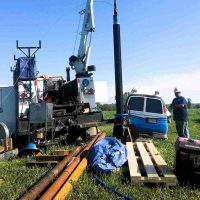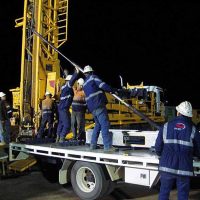In this article, IPI’s Managing Director, Clem Rowe, provides an overview of the history of inflatable packers along with a summary of the earliest relevant patents available, dated as early as the 1920’s.
The history of inflatable packers dates back to the early 20th century, with the first patent application filed by Elvin E. Townsend in 1924 for a “sealing device for wells.” This device, although not referred to as an inflatable packer, laid the groundwork for future developments. Subsequent patents, such as those by George F. Stamps in 1938 and John Lynes in 1943, introduced reinforced elements and high-pressure capabilities, respectively. Lynes’ innovations, particularly his 1943 patent for a high-pressure inflatable packer, set the standard for future designs. Over the next few decades, improvements in wire reinforcement and the introduction of slat-reinforced packers in 1971 by Lynes Inc. further advanced the technology. Despite the significant progress in the oil industry, the history of inflatable packers in geotechnical and hydrogeological applications remains less documented, though they were rumored to be in use in Europe as early as the 1930s.
Key Points:
- 1924: Elvin E. Townsend files the first patent for a “sealing device for wells.”
- 1938: George F. Stamps introduces internal reinforcements in inflatable packers.
- 1943: John Lynes files a patent for a high-pressure inflatable packer, setting industry standards.
- 1971: Lynes Inc. introduces slat-reinforced packers for higher pressure and temperature applications.
- Geotechnical Use: Rumored use in Europe in the 1930s for foundation grouting and coal infusion, though not well-documented.
Click here to read the article.



